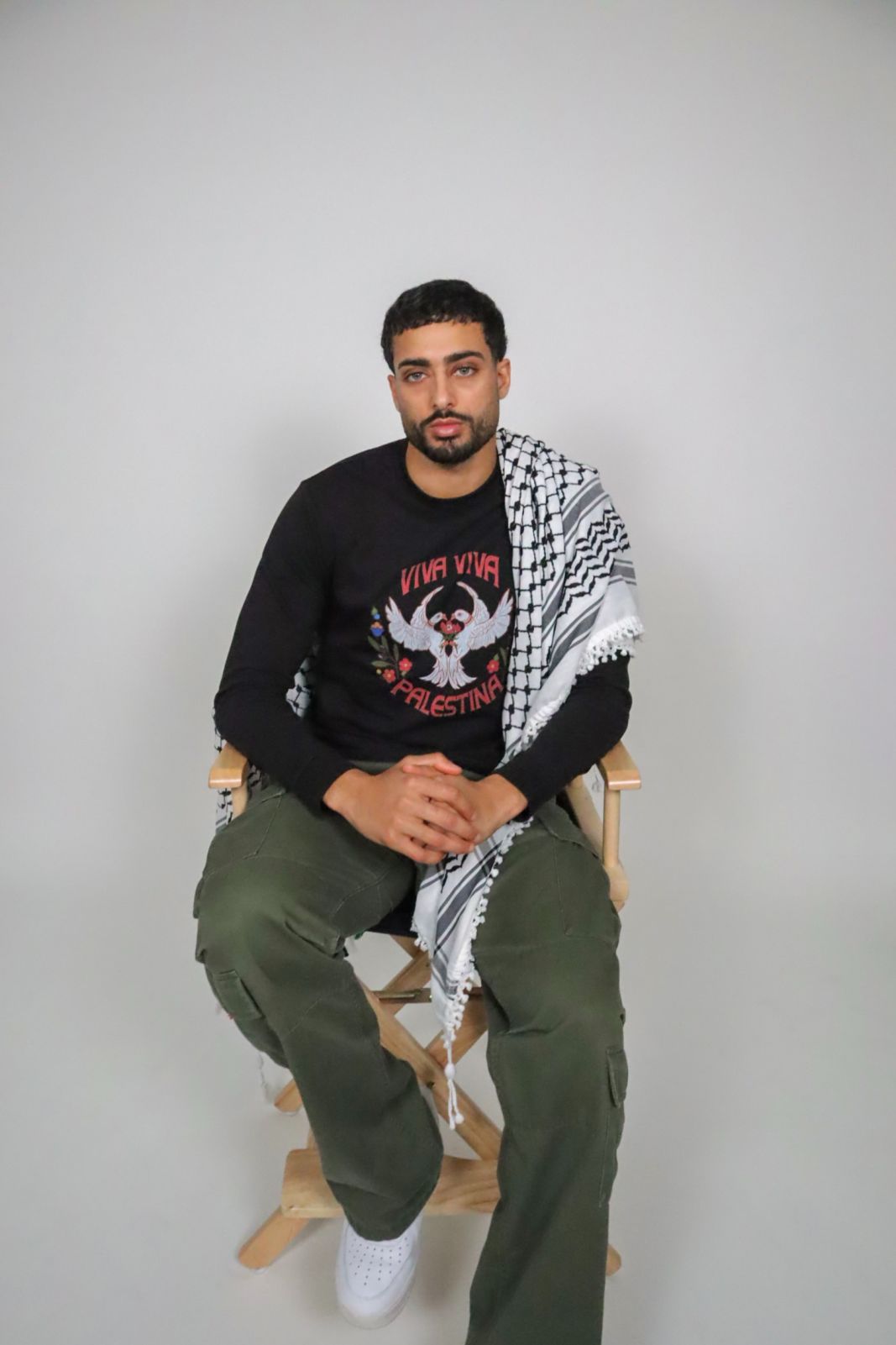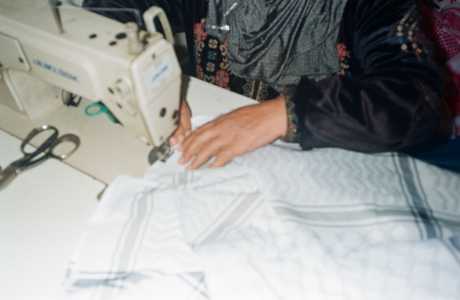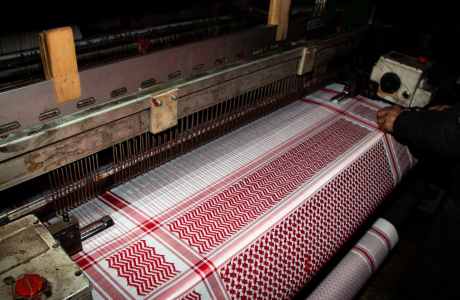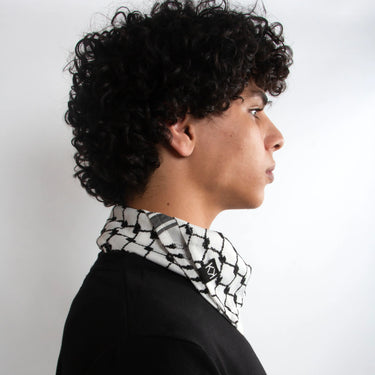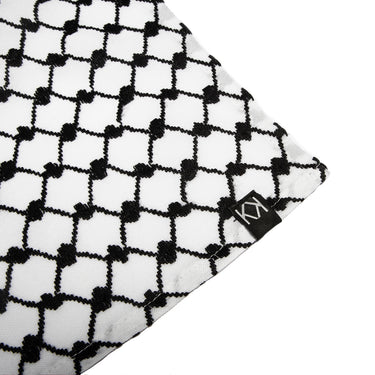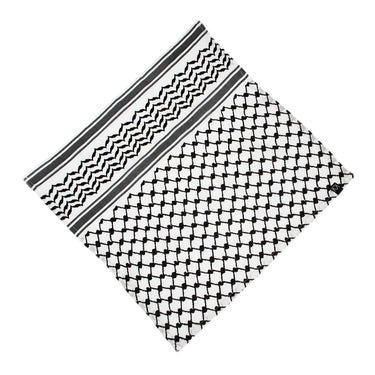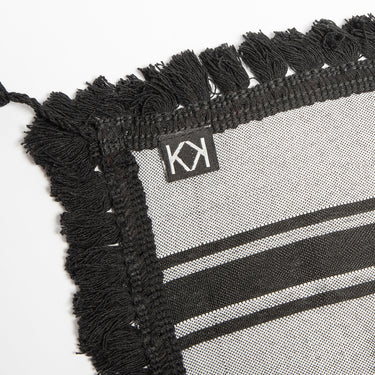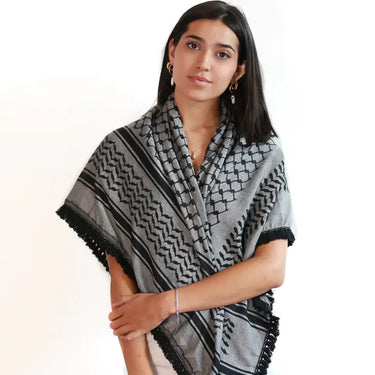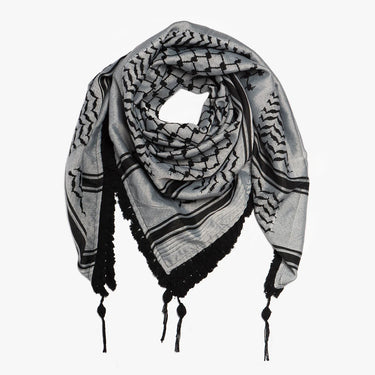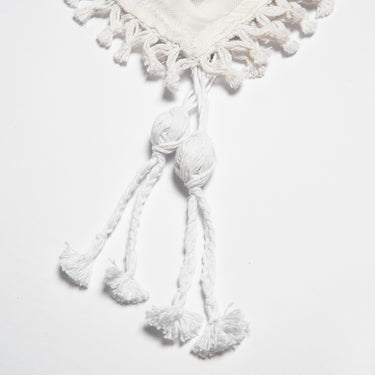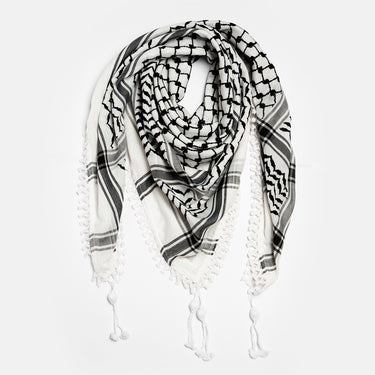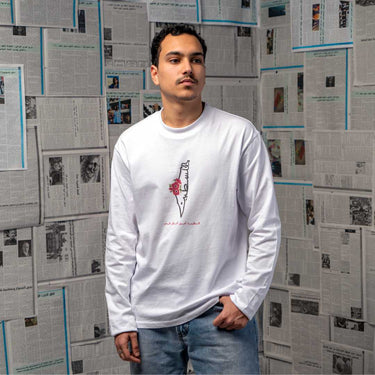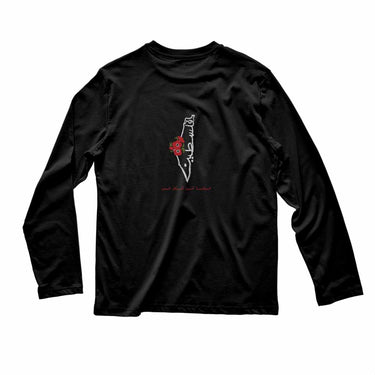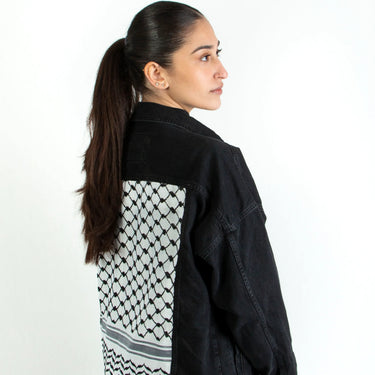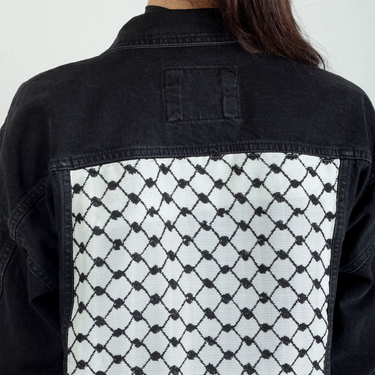From their hands to your homes, artisans create a sense of connection through their craft. From the tireless hours of labour to their attention to the finest detail, you’ll be assured that any piece you purchase is made with love. Made exclusively from one’s hand by using simple tools, this craft connects us to our ancestors and the craftsmanship of ancient civilizations. Let’s take a look at some handmade crafts that have been passed down to us for thousands of years from the Middle Eastern region.
Pottery & Ceramics
Unglazed pottery had been extensively made everywhere in the Middle East before the Islamic conquests. In early Islamic times there was a boost in production of all types of pots, vases, and plates from coarse unglazed storage and cooking pots to finely decorated tableware.

The main kind of glazed ceramics made in the Middle East immediately prior to the Islamic period were green-blue glazed domestic, storage and transport wares, which continued to be made in the following centuries. However, by 800 AD glazed wares increased in production over the entire Islamic world showing considerable variety and invention in how they were decorated and made.
Pottery is considered as a reflection of social, economic and environmental conditions and is a significant indicator of an ancient society’s cultural development. The most important of all of mankind’s inventions is fire. A turning point came when the first kilns (which were simply a hole in the ground with fire) appeared around 6000 BCE in the Middle East making tableware and decor vital to society after becoming more durable and available for wider use.
Bedouin Weaving
Bedouin women are still very actively involved in weaving. For thousands of years women have followed the same process of weaving, and their weaving has resulted in rugs for the floor, rugs to cover the mattress type pads in the majlis (sitting area of the tent), cushion covers, bags for storing grain and clothes, saddle bags for camels and donkeys, and cradles to carry their children on their backs.

Weaving is only the final stage in a long process of production. For both the Bedouin and villagers, shearing the sheep and goats takes place in the spring after the animals have been washed. The villagers sell most of their sheep wool but some is kept as filling for their mattresses used for sitting and sleeping. On the other hand, the Bedouin have a lot of goats and use the coarse hair from their goats for weaving the thick tent rugs.
The art of handmade weaving is almost completely extinct among the village women of other areas but the skill is still very much a common activity for Bedouin women of the Middle East who continue to make items for domestic use.
Today weaving supports and accompanies Bedouin women in their quest to open their own businesses, develop a solid sense of self-worth, and become recognized as significant members of the household.
Olive Wood Carving
Beit Sahour is the heart of the olive wood carving industry in Palestine. Among its population of about 15,000, the small town that neighbours Bethlehem boasts 135 registered olive wood carving workshops. Bethlehem also houses many workshops, along with Beit Jala to the north.

Historians believe olive wood was first carved in Bethlehem by Palestinian monks in the fourth century after the construction of the Nativity Church, but it was not until the 16th and 17th centuries that the work was industrialized, as Franciscan and Italian pilgrims reportedly trained artisans in the Bethlehem area. The production and sale of olive wood carvings has since become a notable part of the regional tourism industry.
Wood carvings are made from the branches of dead olive trees which are pruned at the completion of the olive picking season. No living trees are used for this craft. It takes a six-step-process and 45 days for a piece of wood to turn into a beautiful piece of art. It is a skilled trade that requires 6-7 years of training for one to become a professional craftsperson. In addition to the handmade quality of the item, the grain of the wood gives each piece its own special character.
Tatreez
The practice of tatreez originated in Palestine over 3,000 years ago. It’s a unique form of embroidery that brings together coloured threads in various patterns to create traditional motifs. Motifs were area-specific, as well as symbolic of important events, such as a wedding or pregnancy. Colours utilized would also symbolize different stages of life; in Hebron (a city now in the West Bank), for example, green was primarily worn by young women whereas purple indicated a woman who was farther along in age. Different shades of colours denoted regional differences, where for example the city of Ramallah primarily used a pure and bright shade of red where the area of Khalil instead stitched with a brownish red colour.

A female led art form, tatreez training would begin for young Palestinian girls at the age of six or seven, in which elders in the community would pass down skills and patterns from generations past, preserving traditional and unique forms of knowledge. Because of the vast amount of time and labour put into crafting these pieces, learning the art of embroidery was a form of schooling for young girls and women, as well as a method of self expression, communication and representation of womanhood. Tatreez was a cornerstone of Palestinian culture and continues to be both a fundamental cultural and economic aspect of Palestinians women’s lives.
Embroidered clothing became visible and recognizable forms of Palestinian nationalism as they represented a very specific Palestinian cultural art form; therefore, tatreez became one of the fundamental ways of preserving Palestinian heritage one stitch at a time.
Supporting Handmade Goods
Today, Artisans signal that slow production is just as important as it used to be as it helps people find belonging in their own communities. Artisans and their craft create a holistic capacity to empower vulnerable populations for generations past and to come. In a world where everything is machine made, having a crafted piece brings a sense of life and purpose to your home.
Buy local! Nothing is more special than feeling like you’ve made an impact.

